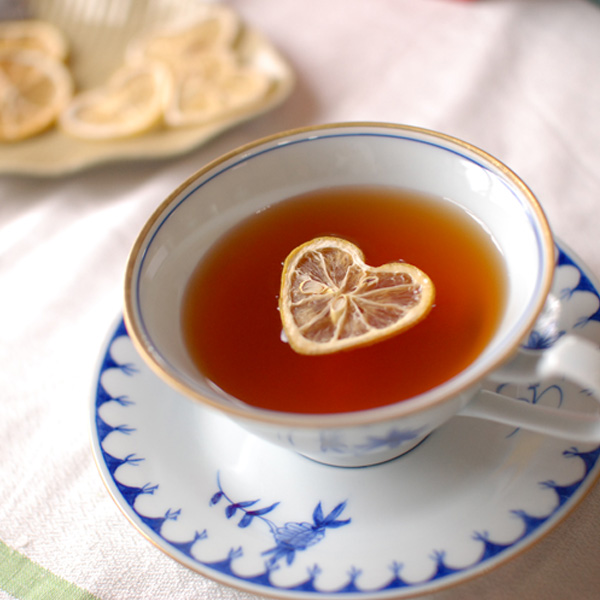
1. Green tea, black tea, oolong, and white tea all come from the same plant, the way different varietals of wine all come from grapes.
2. Herbal teas (or “tisanes”) such as chamomile, rooibos, and mint, are not technically teas since they do not come from a tea plant.
3. An 8 oz. cup of white tea has approximately 30-55 mg of caffeine, a cup of green tea has 35-70 mg of caffeine, a cup of oolong tea has 50-75 mg of caffeine, and a cup of black tea has 60-90 mg of caffeine. An 8 oz. cup of coffee has 100 mg of caffeine.
4. You should only brew green tea for 1 to 3 minutes. If you let it steep for too long it will start to taste bitter.
5. Tea is the most widely consumed beverage in the world (other than water).
6. 80% of the tea consumed in the United States is iced tea.
7. People have been drinking tea since 2737 B.C., but tea bags were only invented in 1907 by an American tea merchant who tied up tea samples in silk sachets. Tea bags only became widespread during WWII when tea was rationed.
8. You can (and should!) reuse tea leaves (but not tisanes). Most loose leaf teas are meant to be brewed 3 or 4 times. While the caffeine and flavor won’t be as strong with multiple infusions, you might find it tastes even better that way.
9. Matcha literally means “powdered tea.” So when you order a matcha green tea, you are drinking actual leaves as opposed to just steeping them in water.
10. Drinking tea is good for you! Tea is high in antioxidants, and may reduce your risk of heart attack or stroke, aid in weight loss, protect your bones, and boost the immune system.
Now that you know much more about this steeping hot product than you did 20 minutes ago, brew up a cup and devour the details of a tea-filled day!
No comments:
Post a Comment